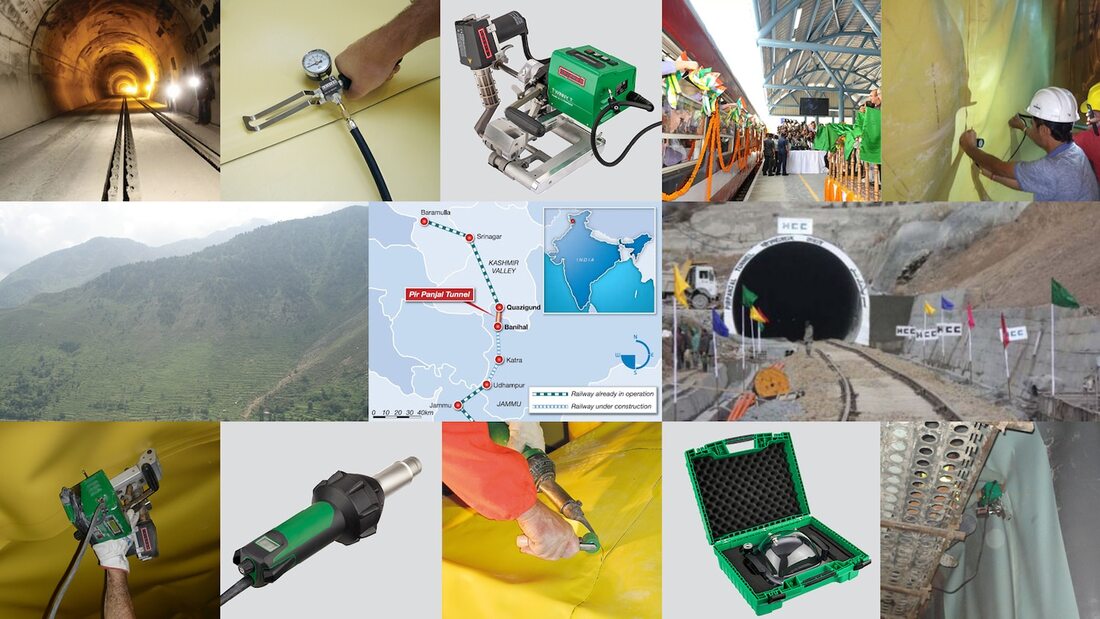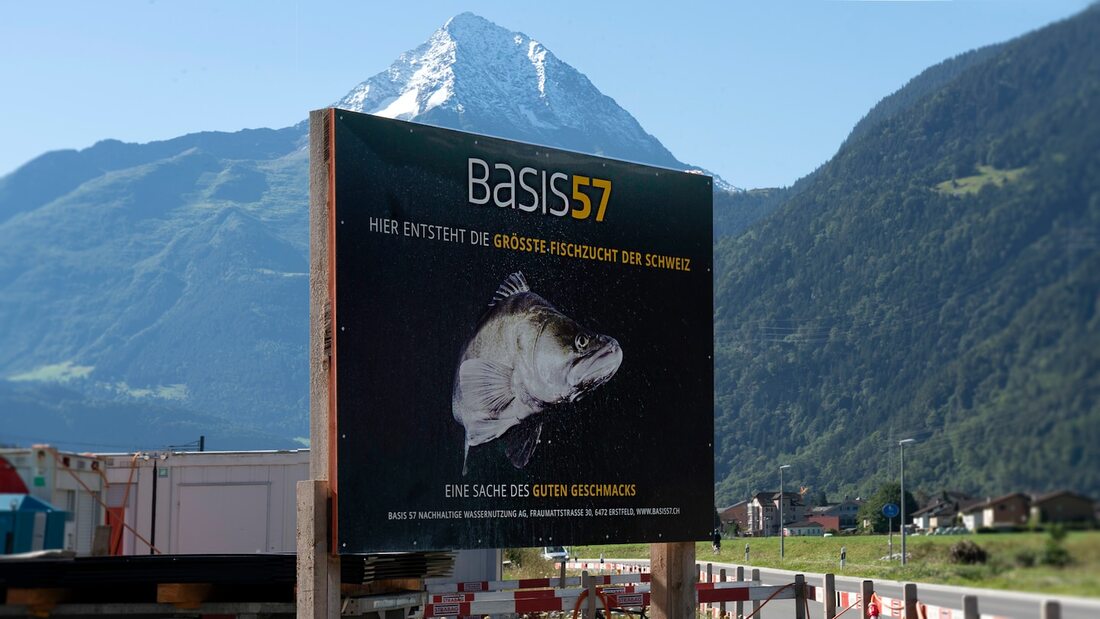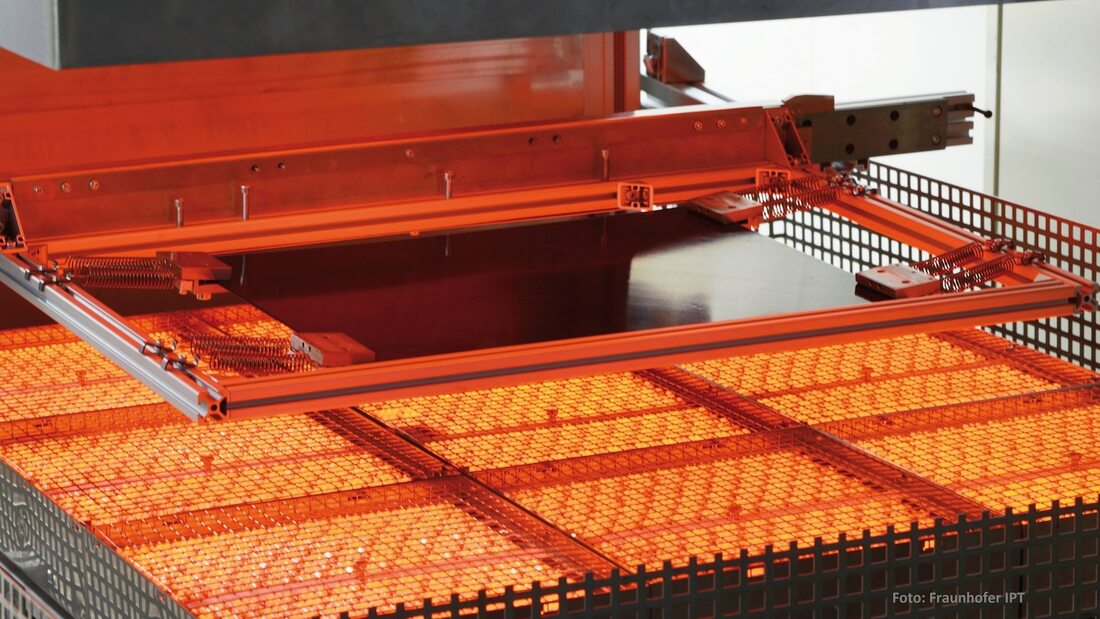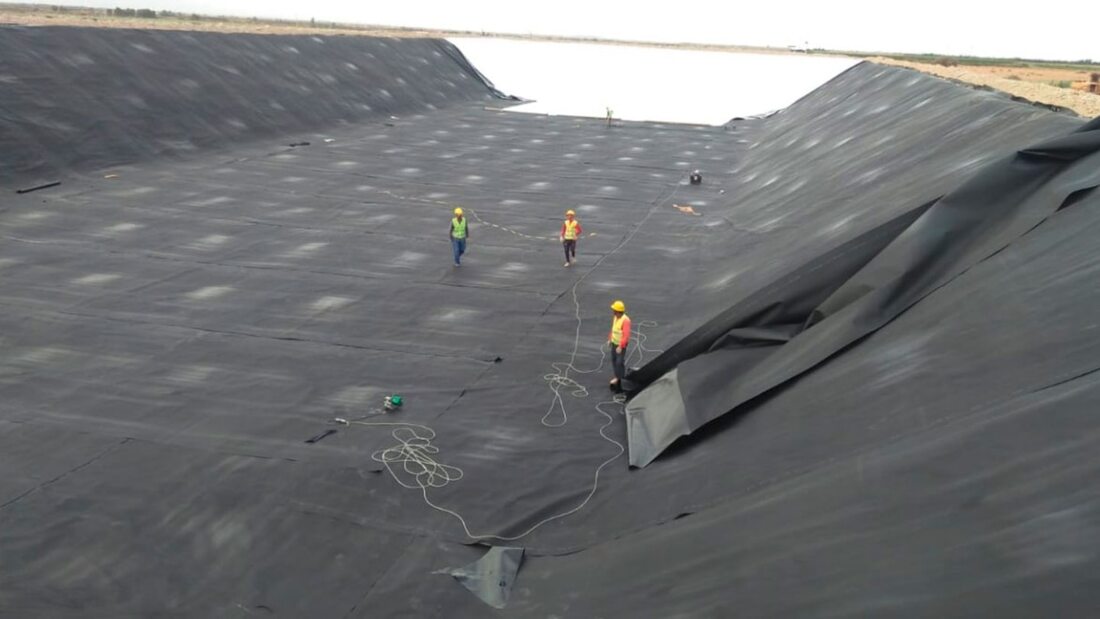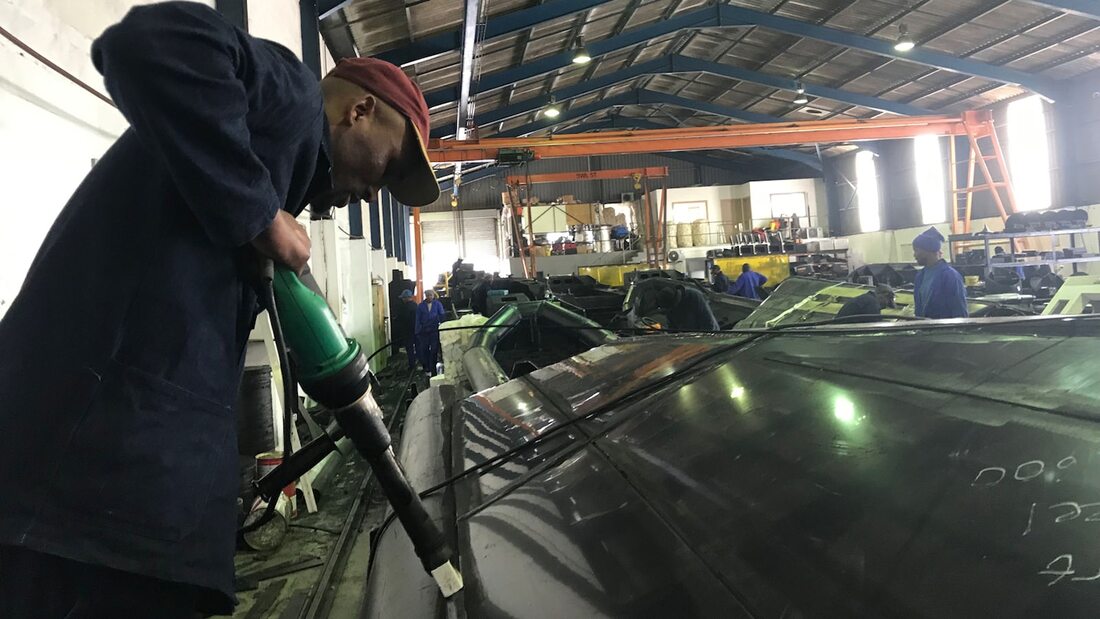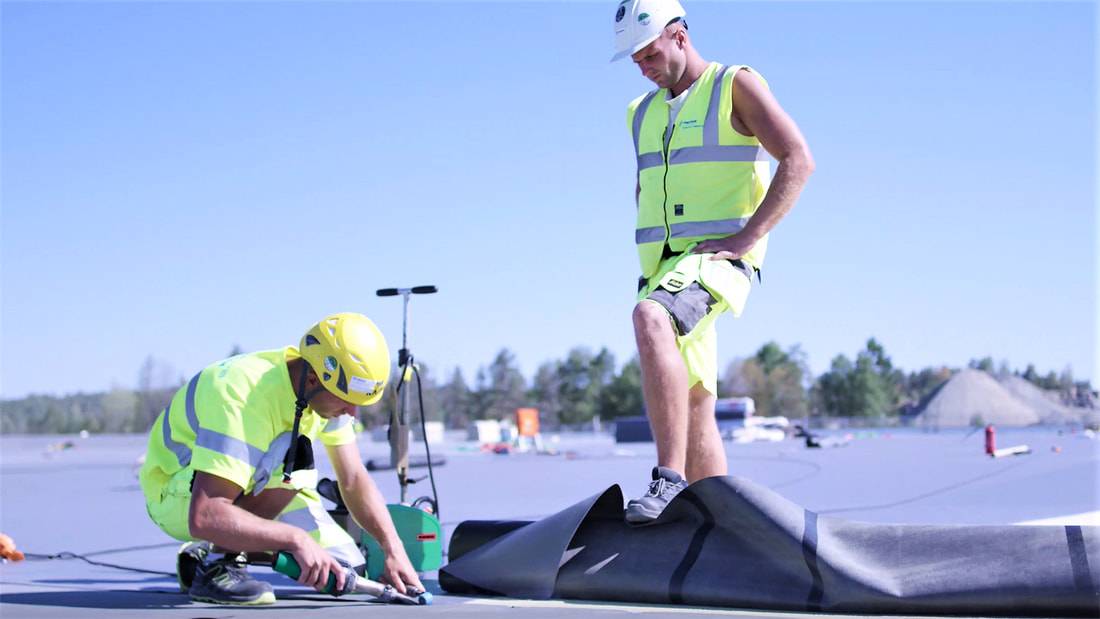|
In India, a railway line is being built to connect the city of Baramulla in the Kashmir Valley with the rest of the country. For this purpose, numerous tunnels have to be drilled and sealed. Various Leister devices and machines are used for this purpose.
At first glance, nothing. But there are similarities. In this blog post you can find out which and how Leister extruders are used for welding the huge PE tanks for the sustainable pike-perch breeding "Basis 57" in Erstfeld, Switzerland.
An important sector of the Indian economy is agriculture. This is where 60 percent of the population works and generates about 17 percent of the gross domestic product. India has the tenth largest arable resources in the world with 20 agro-climatic regions.
For the recent development of a line of machines for spray painting and drying closures, both in plastic and aluminium, Omso has adopted the heaters produced by Krelus, a company of the multinational Leister group.
The Moroccan company, Smart Irrigation, based in Marrakesh, the pearl of southern Morocco, successfully develops challenging projects for the sustainable use of scarce water resources in North and West Africa. Examples of such projects by Smart Irrigation include installing water basins for plantation irrigation systems in which olives, lemons and mangoes thrive. Especially in North Africa, everything revolves around the best possible protection and use of scarce water resources.
The high-performance plastic boats were manufactured in South Africa with air-heated, hand extruders from Leister Switzerland.
Covering more than 60,000 square meters, the equivalent of nine soccer pitches, Norwegian retailer Europris’ new storage and distribution center is massive. One of its two buildings rises almost 40 meters above the ground, reminiscent of a skyscraper extending from the flat landscape outside Moss, south of Oslo.
Swiss Coop’s largest private site: State-of-the-art distribution center in Schafisheim, Switzerland9/13/2018
The enormous site rises up like a giant to greet visitors as they arrive. Up to 25 meters below, the tiny figures of construction workers busy themselves with more than a dozen diggers, trucks, and dumpers. Schafisheim's former gravel quarry is now 300 meters long and 100 meters wide.
It is here that the country's largest bakery, which from 2016 will produce 60,000 tons of bread and baked goods every year, is taking shape. «The ground must be able to withstand the same loads as the Prime Tower in Zurich,» says Diego Lechmann of Food Engineering. «We have a general engineering brief,» underlines the architect, who specializes in construction for the food industry. This brief includes the highly automated logistics, «which we have tested in pilot projects.» Concept with five superstructures
The volume of the mammoth building alone, which runs along the Aarauerstrasse, is almost a million cubic meters. There are 1,300 parking spaces below ground. In addition to the bakery and confectionery, there is space for the empties store and automated frozen storage.
The old Coop distribution center is surrounded by the new buildings, so to speak. The biggest complex is connected to the current site via a tunnel underneath the Rupperswilerstrasse and a two-story linkway for pedestrians and logistics. The blue thermal insulation in the foundation slab of the building in the southerly section of the site catches the eye. «This will be home to the automated cold storage for dairy products, meat, fruit, vegetables, salad, and much more,» explains Lechmann as we take a tour of the site.
Montenegro is a small, mountainous country with 800,000 inhabitants. And it is the only country in the Balkans which does not currently have any freeways of its own. This creates an economic problem as it hinders tourism along the Adriatic coast and makes it difficult to access various parts of the country. Thankfully, a solution is on the way and will be ready in four years' time.
According to Lu Shan, Chairman of the China Road and Bridge Corporation (CRBC), the construction of the first freeway section between Smokovac and Matehevo is set to be completed by 2020. CRBC is heavily involved in the implementation of the project, which is also being largely financed by Chinese funds. The plan is to complete the entire road infrastructure project by 2022. A mammoth project
In order to connect up the new freeway network, which will snake its way all over Montenegro, 42 tunnels and 92 bridges/viaducts will need to be built. The tunnels are scheduled to be finished by 2020.
Tunisia is Africa's northernmost country, with a coastline along the Mediterranean Sea to the north and east, and two bordering countries: Algeria to the west and Libya to the south-east. Spanning some 163,610 km², it is approximately twice the size of Austria. Tunisia boasts a highly competitive economy and a population in excess of ten million.
First Road Tunnel Project – Sealed Using Geosynthetics
In an effort to stimulate its economic and social development, the Republic of Tunisia is making investments in its road infrastructure. For the first time in the country's history, this is involving the construction of a road tunnel featuring state-of-the-art sealing work that uses geosynthetics.
Over a total length of 3 km, the intention is to link the GP10 and X thoroughfares in the Tunis and Ariana regions by means of four tunnels – with four lanes. The tunnels in this case are covered trenches whose length stretches over 1.2 km in total. Construction is scheduled to be completed within 30 months. The project aims to not only establish an improved link between the city of La Soukra and the main Tunis arteries, but also reduce the volume of traffic at Tunis-Carthage International Airport and on the major roads that surround it. |
|
STANMECH Technologies Inc.
944 Zelco Drive Burlington ON L7L 4Y3 | 1-888-438-6324 | [email protected] Terms of Use Privacy Terms and Conditions of Sale Warranty Policies |
|
Proud Member of:

